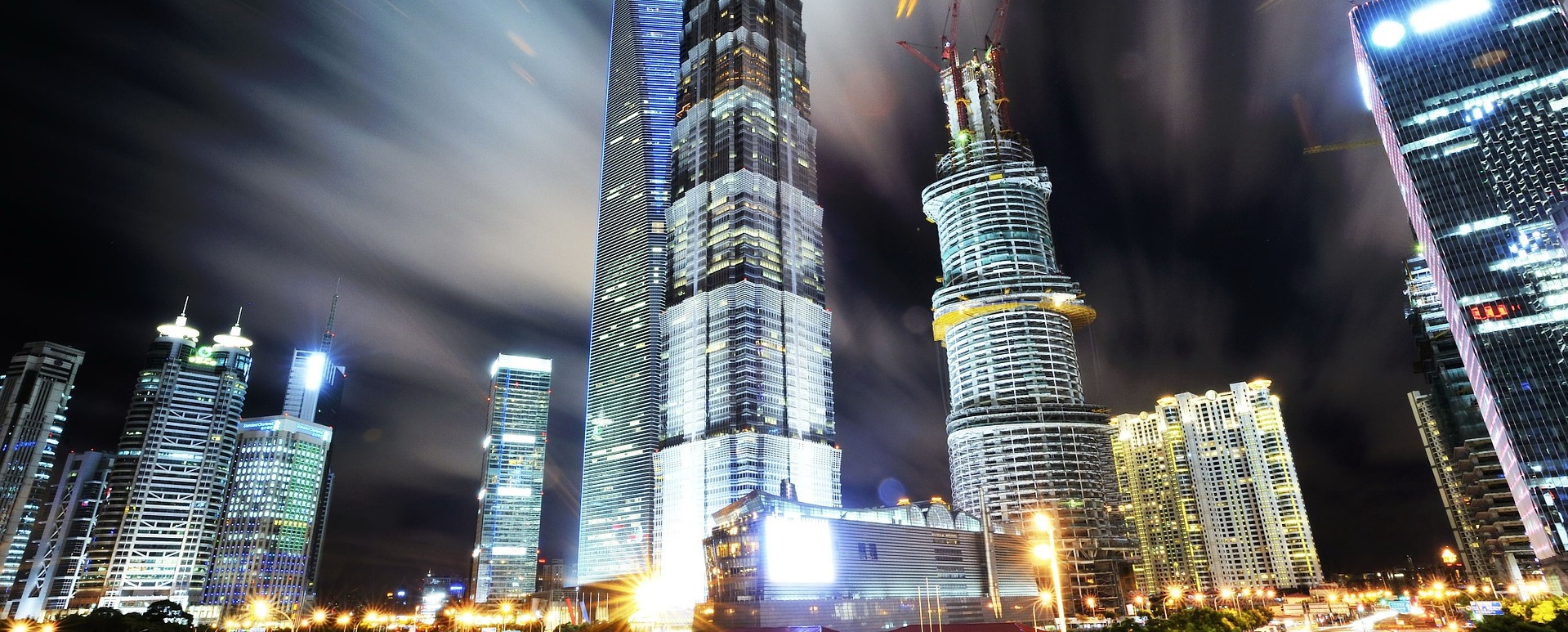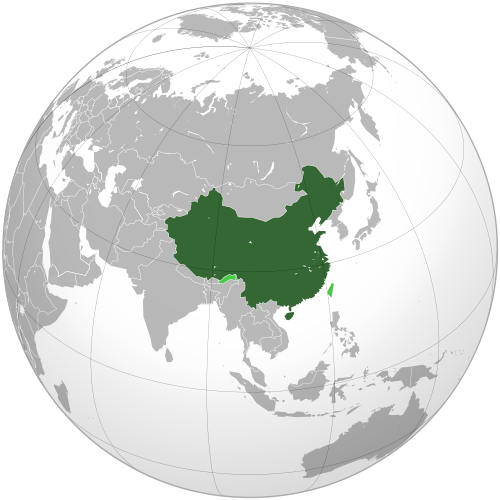



Real estate in China has experienced a remarkable expansion in recent years
and this development has not gone parallel with the demand for real estate. The
real estate bubble in China affects mainly residential rel estate. It reached
its most rapid expansion between 2005 and 2009, when average housing prices tripled,
because government policies encouraging real estate purchases through increasing
bank lending at low interest rates.
This upward trend in prices continued for several years and started to deflate
in 2011, when home prices began to fall in several Chinese cities, slowing economic
growth in 2012.
Although there was a genuine increasing demand, the growing overcapacity of vacant
residential properties started to show bubble growth.
But the housing bubble in China is different fom that in the US. Chinese residential
mortgage debt was 15 percent of GDP as of 2009, compared to 81.4 percent in the US.
Under these conditions, it is possible that, should the housing bubble burst, it
will cause less damage that the one in the US.
Also, increasing urbanization rates in China may sustain demand for quality housing,
something that didn't occur in countrie going through a similar process. China's
urbanization rate at slightly over 53 percent is still behnd those of most developed
countries whose urbanization rate is over 70 percent.
By 2020, China aims to move about 100 million rural people into its cities. In
2012, about 52.6 percent of the Chinese population was living in cities. Currently,
the rate is 53.7 percent and the administration strives to reach 60 percent by 2020.
The country plans on incrasing the number and zones of small and medium cities to
decentralize living and imporove the funktioning of small towns.
Since megacities like Shanghai, Beijing or Guangzhou reach already their cpacity
limits, the urbanisation plan of the Chinese leadership includes also the creation
of new cities. The number of 120 cities with more than one million inhabitants will
be doubled by 2025. Beyond this goal the Chinese government plans to build around
a dozen of megacities with 10 to 20 million inhabitants.